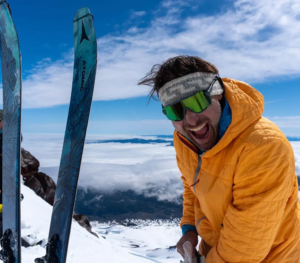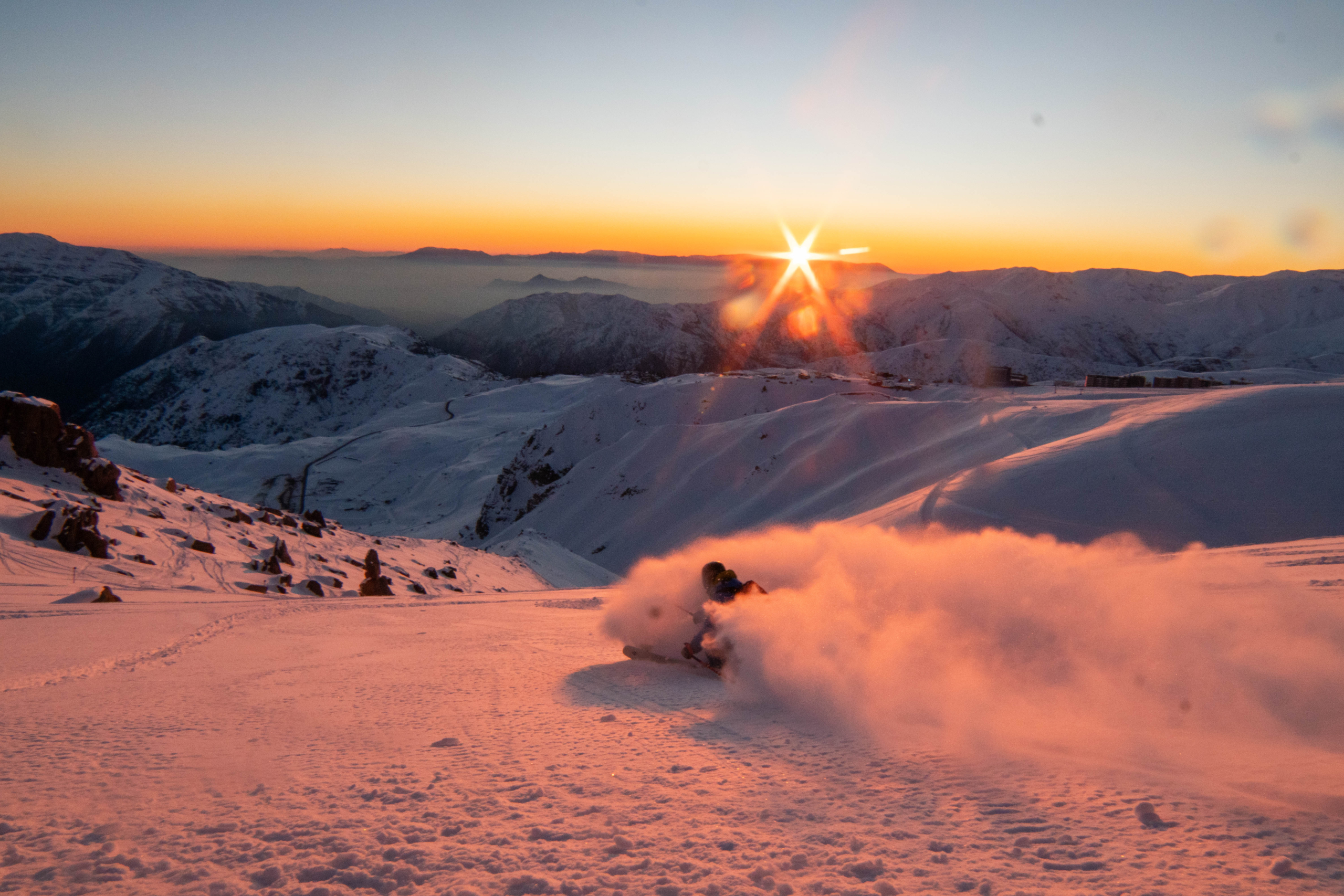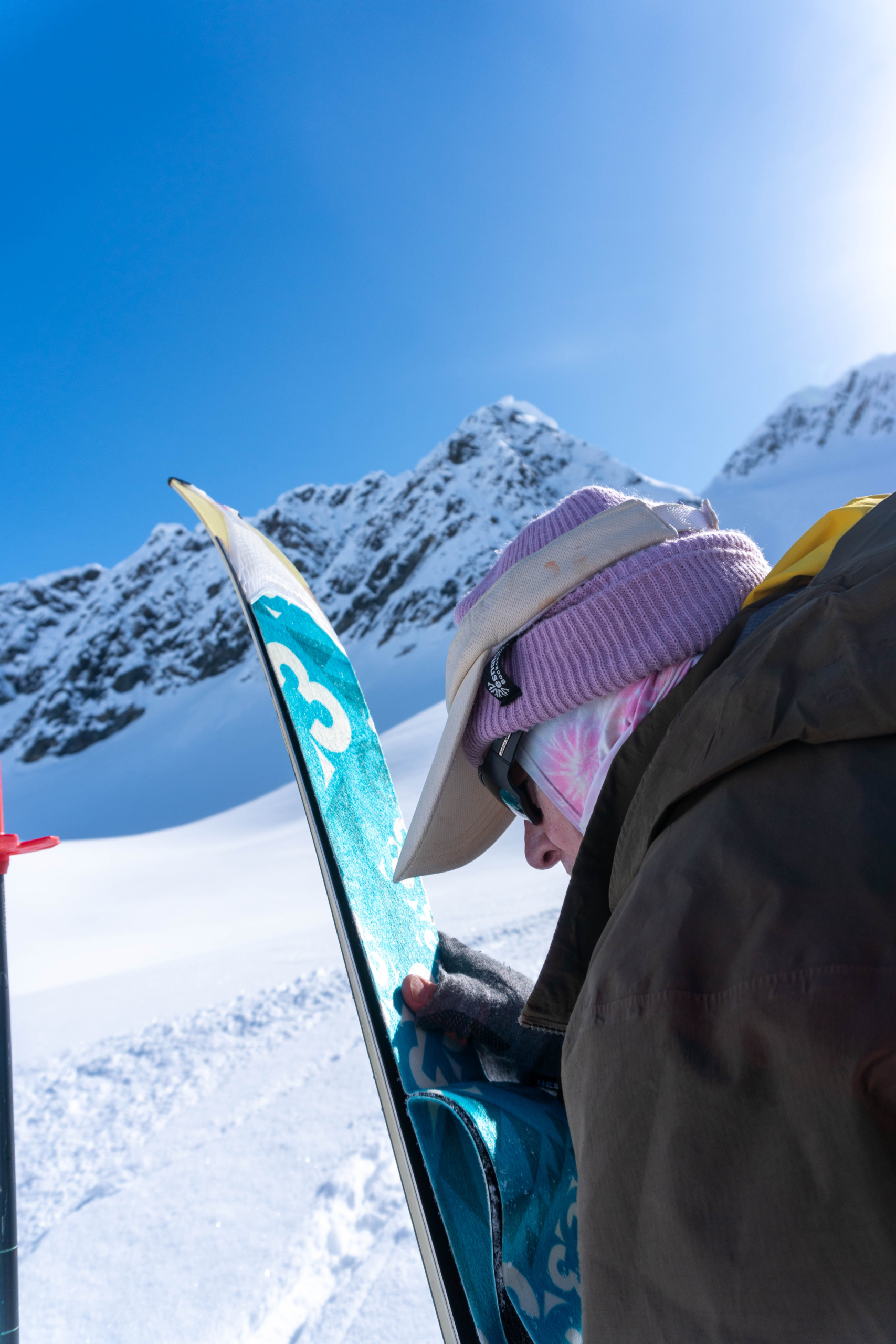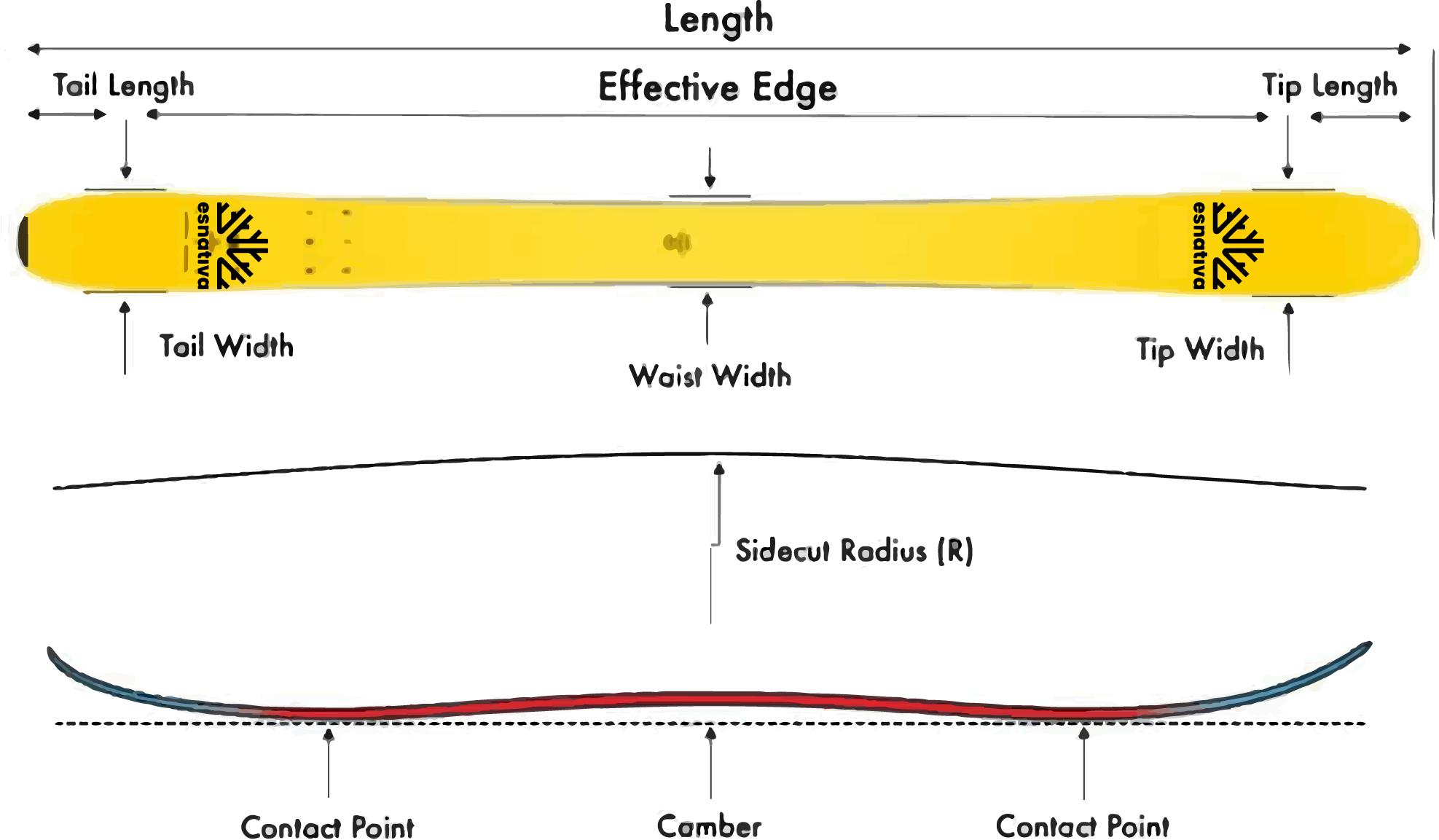The Andes offer a vast and varied terrain for skiers, from resort skiing to freeriding and ski touring. To make the most of your skiing experience, it’s essential to choose the right skis for your needs. In this comprehensive guide, we’ll cover the key factors to consider when selecting skis for a skiing trip to South America.
.
 Understanding Your Skiing Style
Understanding Your Skiing StyleBefore choosing skis, it’s crucial to understand your skiing style and preferences. Are you a resort skier, a freerider, or a ski tourer? Each style requires different ski characteristics, so it’s essential to know what type of skiing you’ll be doing most often.
Ski Length and Width: A Critical Decision
Ski length and width are critical factors to consider when choosing skis. Longer skis provide greater stability at high speeds, while shorter skis are m
ore agile and easier to maneuver. Wider skis are better suited for powder snow, while narrower skis are more suitable for groomed trails.
.
.
Recommendations by Month: Optimizing Your Skiing Experience
The Andes offer excellent skiing conditions from June to October, but the snow conditions vary depending on the month. Here are some expert recommendations for ski length and width based on the month:
.
SKIERS!
July and August: Wider skis for powder snow.
– For confirmed skiers 5’11” (180 cm) and 176 lbs (80 kg): Skis 184 cm long with a light rocker on the tips and 108 mm underfoot.
– For confirmed skiers 5’7″ (170 cm) and 154 lbs (70 kg): Skis 174 cm long with a light rocker on the tips and 104 mm underfoot.
.
September and October: More versatile skis for spring snow.
– For confirmed skiers 5’11” (180 cm) and 176 lbs (80 kg): Skis 180 cm long with a light rocker on the tips and 102 mm underfoot.
– For confirmed skiers 5’7″ (170 cm) and 154 lbs (70 kg): Skis 170 cm long with a light rocker on the tips and 98 mm underfoot.
.
Types of Skis for Touring: Lightweight and Efficient
Ski touring requires skis that are lightweight, efficient, and capable of handling varying snow conditions. When choosing skis for touring, consider the following factors:
– Weight: Lighter skis are easier to carry and more efficient for uphill travel.
– Width: Skis with a waist width under 102mm are suitable for powder and spring, while skis with a waist width under 85mm are more versatile and suitable for all-mountain skiing.
– Height: Skis that are too long can be cumbersome for uphill travel, while skis that are too short may not provide enough float in powder snow.
.
Ski Resort Skis: Choosing the Right Skis for Your Level and Use
.
For Beginners
– First-time skiers or early learners should choose shorter skis, allowing them to turn more easily and learn faster.
– The width shouldnt be larger than 75 mm underfoot.
For Intermediate Skiers
– Those improving skills and tackling more runs should choose skis that are safe, easy to handle, and comfortable to help improve technique.
– Skis should provide good grip and control at higher speeds.
For Advanced Skiers
– Those who ski faster and/or everywhere should choose skis that:
– Perform well in various snow conditions
– Are fun to use and responsive
– Are comfortable and easy to handle
– Are versatile and adaptable to different terrain
– All-mountain skis or carving skis can be suitable options, depending on your preferences.
.
Additional Tips for a Successful Skiing Adventure
– Consider renting skis if you’re not sure what type of skiing you’ll be doing or if you’re traveling from afar.
– Make sure to check the condition of your skis before heading out, including the edges, bases, and bindings.
– Don’t forget to pack essential gear, including a first aid kit, avalanche transceiver, probe, and shovel.
By considering these factors and choosing the right skis for your needs, you’ll be well on your way to an epic skiing adventure in the Andes. Happy skiing!
.


 Understanding Your Skiing Style
Understanding Your Skiing Style





